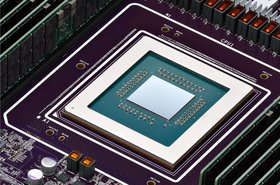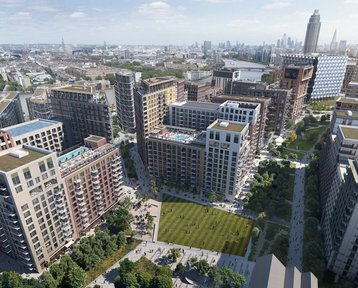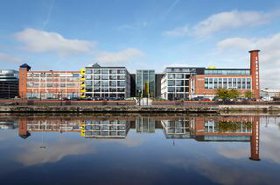Real estate investment, development, and management company Greystar is segueing into infrastructure.
Announced on August 14, the company has hired Michael Hovermman as its executive director of infrastructure as it looks to diversify its portfolio.
The company states that it will focus on infrastructure that supports "urban living," listing clean power, data centers, transition fuels, social infrastructure, transportation, and logistics facilities as among its areas of interest.
The company is also looking to integrate infrastructure such as fiber to the home, cell towers, rooftop solar, battery storage, and EV charging with its existing housing and industrial real estate footprint.
"I am thrilled to join Greystar and lead this new venture into infrastructure," said Michael Hoverman. "The continued convergence of real estate and infrastructure offers unique opportunities to create lasting value for Greystar’s partners. Greystar’s global platform and commitment to excellence position us well to develop infrastructure projects that enhance urban living and support sustainable growth."
Hoverman joins Greystar from CIM Group, a real estate and infrastructure owner, lender and developer. He also previously held a vice president role at Macquarie Group.
Wes Fuller, chief investment officer at Greystar, added: "Greystar has successfully grown by putting its partners at the center of its business, offering strategies that support their goals and long-term objectives. Our expansion into infrastructure will leverage the global scale and breadth of our team, while also benefiting from the size and scope of Greystar’s real estate platform."
Founded in 1993, and headquartered in Charleston, South Carolina, Greystar manages and operates $320 billion of real estate in 249 markets globally. It is said to be the largest apartment manager in the US.
The company has an institutional investment management platform comprised of $78 billion of assets under management, including over $36 billion of development assets.
More in Investment / M&A
More in North America
-

-

-

Discussion Skills & Worforce Hosted Lunch Briefing




